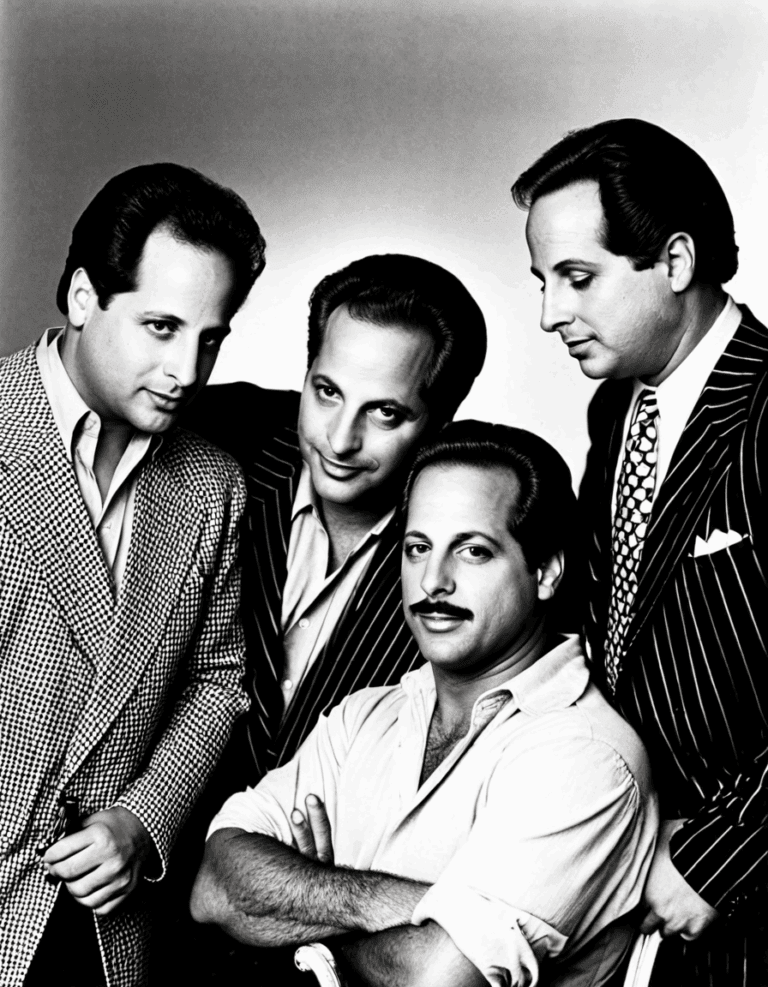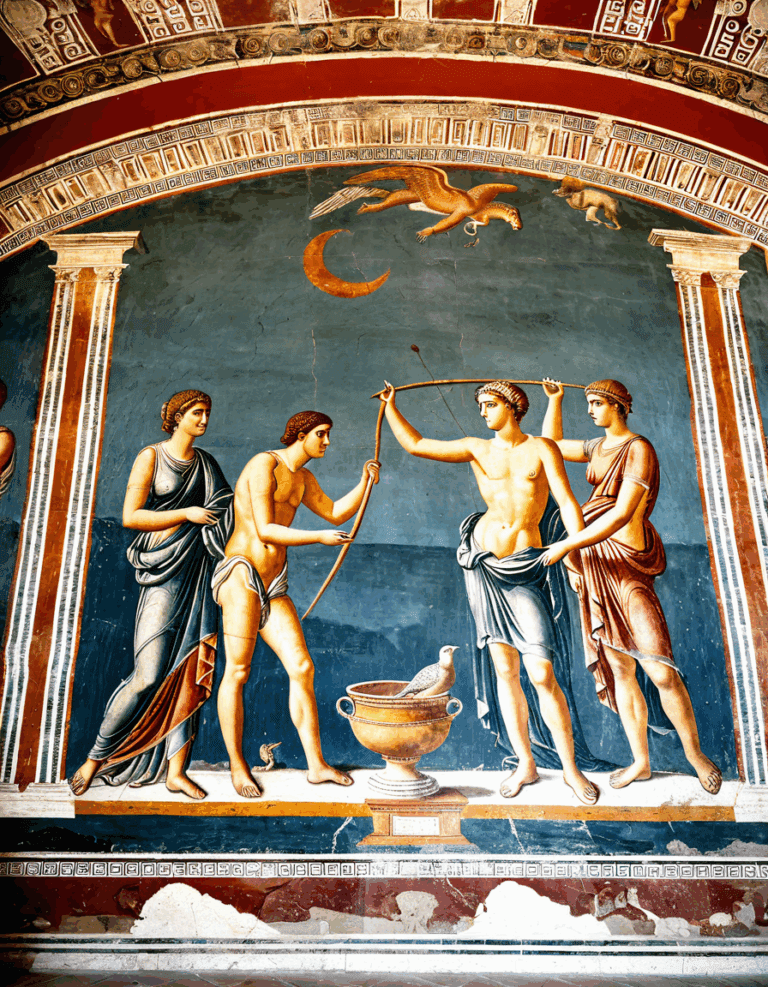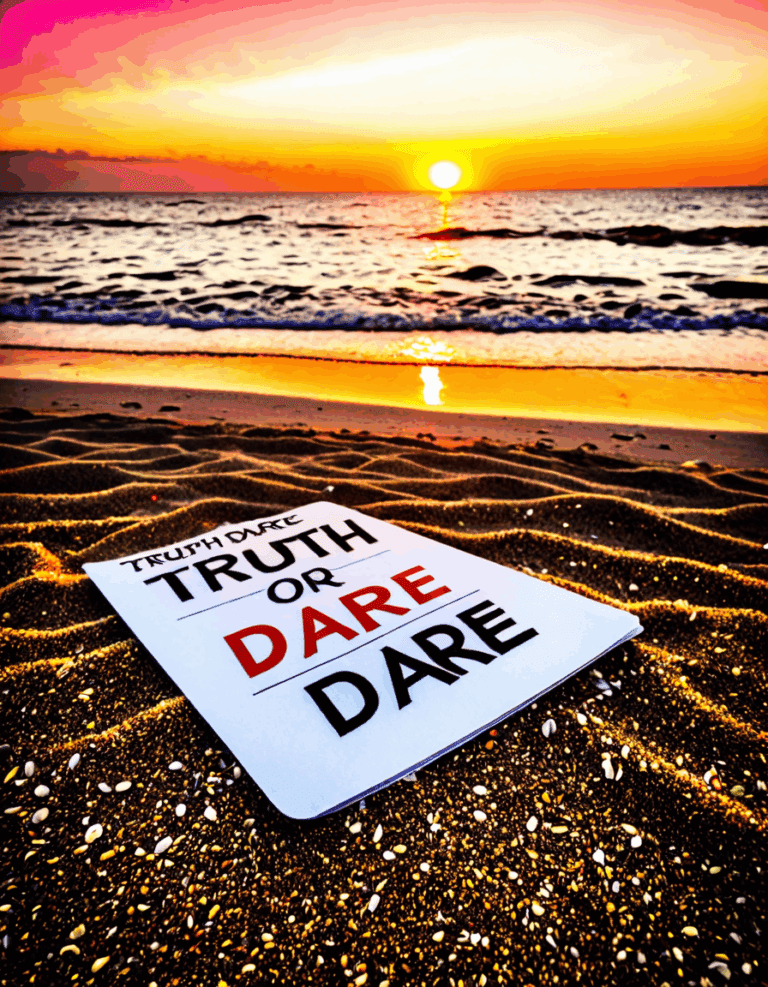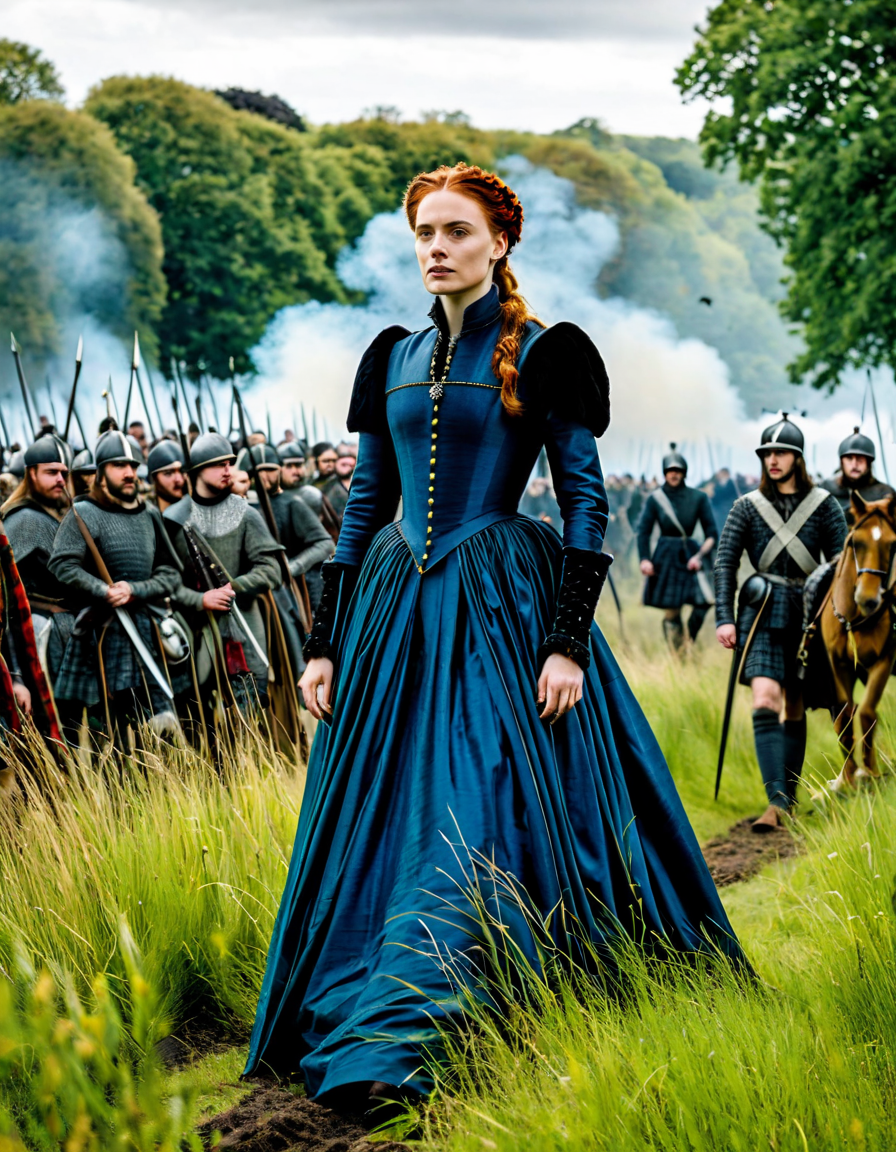Mary Queen of Scots, a name that echoes through history, symbolizes a life riddled with intrigue and heart-wrenching drama. Born on December 8, 1542, she was thrust onto the Scottish throne just six days after her birth, a monumental fate that would dictate her every action. Growing up in France, she was groomed for greatness, carrying the weight of royal lineage and a tumultuous political landscape. The 16th century, marked by the Reformation and the battles for supremacy between England and Scotland, set the stage for Mary’s unraveling. Her story reflects not only royal ambition but also profound personal sacrifices that resonate even today.
Understanding Mary’s life demands a dive into the turbulent history surrounding her reign, one defined by constant conflict and tragic events. Amid countless plots and betrayals, she navigated her way through the treacherous waters of political rivalry and deep-rooted religious divides. Her reign was not solely about her royal lineage; it was a narrative of survival, love, and betrayal that ultimately led her to a tragic end. You might say her life was like trying to get ripped without putting in the work; destined for greatness yet forever thwarted by darker forces.
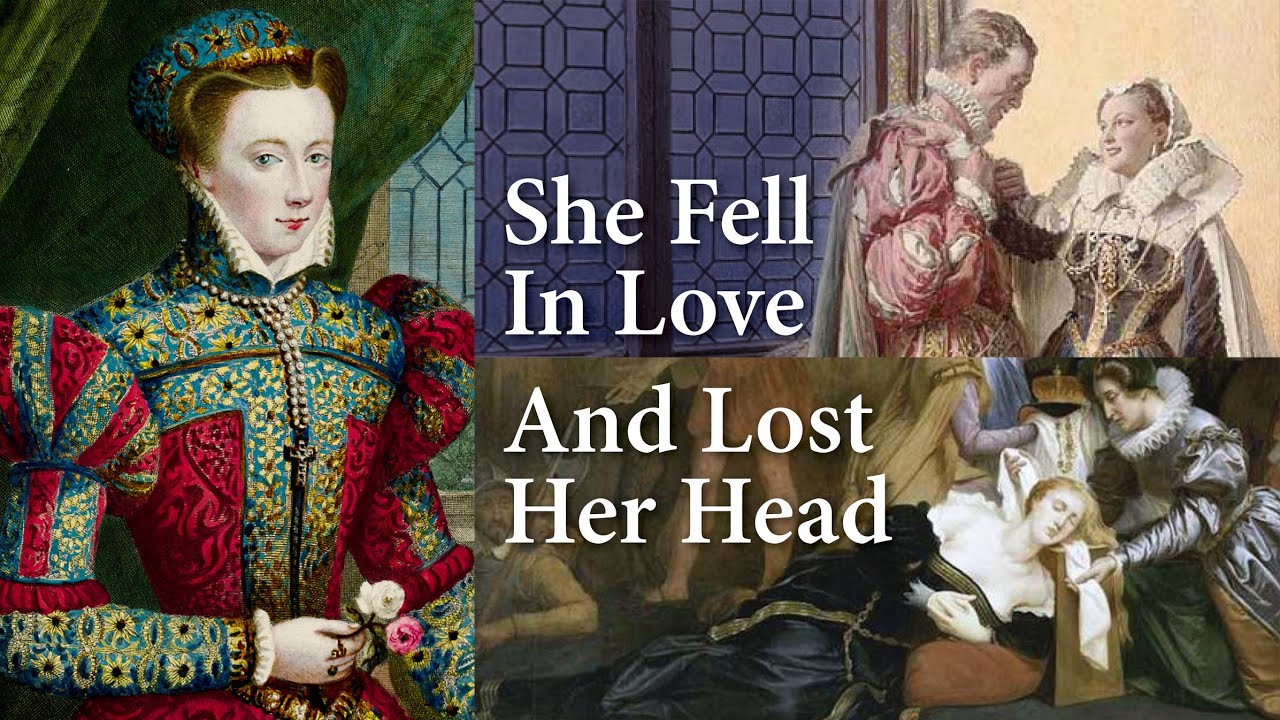
The Rise and Fall of Mary Queen of Scots: A Historical Overview
Mary Queen of Scots didn’t just rise to power; she came crashing down as the tragic hero of her own story. After her mother, Mary of Guise, ruled as regent, the young queen returned to Scotland at 18, only to face a Protestant majority rampant with suspicion about her Catholic faith. This divided nation was more than just a geographical map; it was a minefield for Mary, who danced through various political traps with grace. However, her marriage to Henry Stuart, Lord Darnley, turned into a nightmare, shifting her fate dramatically. Darnley’s murder spun rumors that chained Mary to suspicion and distrust.
Mary’s life became a chess game played by higher authorities, notably Elizabeth I, her cousin and constant rival. Elizabeth saw Mary as a rival to her throne, viewing her as a Catholic rallying point against Protestant England. Years of imprisonment unfolded, wherein she endured the rough hand of fate—all while holding on to her royal upbringing and ambitions. Despite the adversities, Mary’s life reflects the ultimate warrior spirit, akin to those in the gym pushing through pain for that impeccable physique.

Top 5 Influences on Mary Queen of Scots’ Reign
![MARY QUEEN OF SCOTS - Official Trailer [HD] - In Theaters December](https://www.chiseled-magazine.com/wp-content/cache/flying-press/e505edd77465aaf40af9cb457dab57cb.jpg)
The Interplay of Gender and Power in Mary Queen of Scots’ Life
The life of Mary Queen of Scots starkly illustrates the interplay between gender and power during a time where men dominated the throne. Although she wielded considerable authority, her decisions came under the harshest scrutiny because of her gender. This scrutiny reflects societal expectations that severely impacted her reign, similar to how Joan of Arc faced her own challenges in a patriarchal world, yet both women embodied the spirit of leadership against the odds.
Mary’s narrative opens up deep discussions on gender dynamics. The duality of being admired and vilified for their actions forces audiences to re-evaluate historical perspectives on female leadership. Women in positions of authority often walk a tightrope between criticism and admiration, showcasing just how outdated some notions of gender roles remain today.

Joan of Arc’s Influence: Parallels in the Lives of Two Queens
Although separated by time, the lives of Mary and Joan of Arc intertwine through their unmatched resilience and the symbolism they evolved into. Both women became icons through their struggles against the prevailing forces of their time, representing different dimensions of femininity and strength. While Joan emerged as a fierce warrior guiding troops to battle, Mary was often relegated to the role of a tragic queen, ensnared in the snares of her royal identity.
Their experiences raise essential questions about how we perceive and react to female sovereignty. Mary’s tragic end weighs heavily on her legacy and symbolizes the darker aspects of historical narratives surrounding women in positions of influence. Through the lens of modern interpretations, Mary and Joan continue to ignite conversations about agency and female leadership, reminding us just how far we’ve come—and yet, how far we still have to go in respecting women leaders.
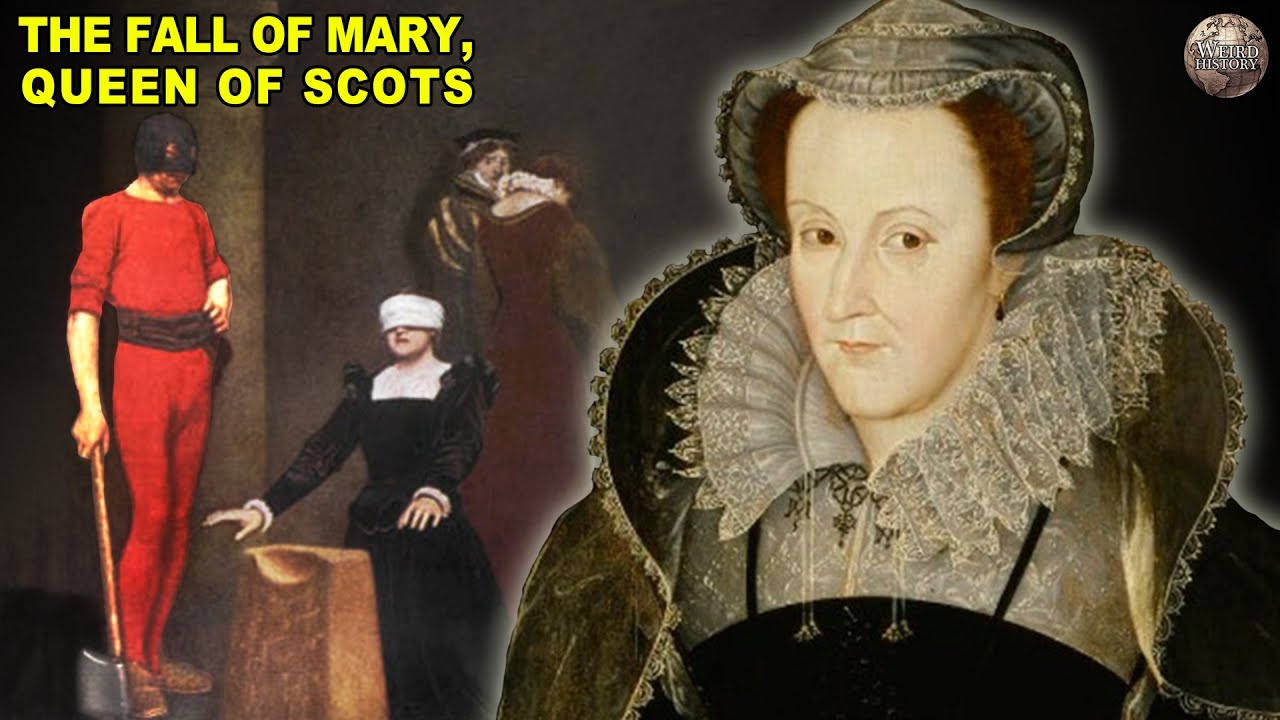
The Cultural Impact of Mary Queen of Scots in Modern Times
In contemporary society, Mary Queen of Scots has emerged as a subject of renewed fascination. Recent films and series have revisited her story, and narratives around her emphasize resilience and autonomy. Productions like Mary Queen of Scots (2018) reflect not only her plight but also the unwavering spirit of women striving for power against systematic oppression. This modern lens allows us to examine her life through an empowering narrative rather than mere tragedy.
Mary’s story has transcended time, placing her in the company of other cultural icons who symbolize female strength, such as Donnie Brasco, sending out ripples that entice a new generation to reflect on the implications of royal power juxtaposed with female identity. The revitalization of tales surrounding her life inspires contemporary audiences to align with her struggles, invoking discussions on female leadership in society.
Innovative Reflections on Mary Queen of Scots
Mary Queen of Scots’ life serves as more than just a tragic tale. She’s a complex figure who faced the stormy seas of politics, gender conflict, and personal sacrifice, ultimately leaving a mark that we can’t ignore. As we reflect on her legacy, we must acknowledge her as a pioneer, not merely a casualty of a patriarchal society.
Her story compels us to reassess past views on women in power, inviting us to recognize their potential for leadership amid personal struggles. The battles she faced resonate profoundly today, reminding us that the fight for agency and authority continues to shape society. In examining Mary’s legacy, we find a source of inspiration that speaks volumes about the nature of power, strength, and the unyielding spirit of women who refuse to be silenced. As we hit the gym to shape our bodies, let’s draw strength from her life, aspiring to channel our ambitions into transformative action.
Mary Queen of Scots reminds us that with resilience and ambition, we can defy the forces against us, carving our paths in both history and our modern journeys towards greatness.
Mary Queen of Scots: Engaging Fun Trivia and Interesting Facts
Royal Origins and Surprising Trivia
Did you know that Mary, Queen of Scots, was born in December 1542, just six days after her father, King James V of Scotland, died? That’s right! She became queen at just six days old, making her reign one of the most astonishing starts in royal history. Growing up in France, she was raised as a Catholic and cultivated friendships with powerful courtiers, which later influenced the political dynamics of the country. Speaking of powerful, did you ever hear the story of how she was compared to a character from 2001: A Space Odyssey? Her unpredictable life had many twists that could rival the most dramatic narratives in cinema, painting her as a figure out of a sensational film.
A Life Full of Intrigue and Unexpected Turns
The drama didn’t stop there, though. Mary’s reign was riddled with controversies, betrayals, and even a scandal or two. After her tumultuous marriage to Lord Darnley, which ended tragically, she was often the subject of gossip across Europe. Imagine that! In a world where rumors spread like wildfire, her life could easily find a spot in modern media headlines, much like what’s seen in The Fappening where personal scandals become public fodder. People were so intrigued by her, it’s as if they couldn’t help but keep tuning in—much like followers of the Geto Boys, whose narratives often reflect on societal struggles.
The Final Chapter and Legacy
Ultimately, her life took a fatal turn when Mary was beheaded in 1587, marking a somber end to a fiery saga. Yet, her legacy lives on, inspiring countless works of art and literature. You could say her influence touches aspects as varied as music, similar to the haunting melodies of Mazzy Star, which echo themes of melancholy and love. Even today, we see echoes of her story in films and television, proving that the historical intrigue surrounding Mary Queen of Scots is as compelling as any contemporary drama. If you ever find yourself at the Charleston International airport, take a moment to appreciate how history’s shadows stretch even to modern hotspots, inviting you to reflect on legends who shaped our intricate past.
Mary Queen of Scots was a figure enveloped in triumphs and tragedies, reflecting a life that profoundly shaped the arrows of history, catching the eyes of many—much like the tale of Chris Martin And Dakota johnson who navigate their own paths under the world’s spotlight while facing the complexities of fame and personal challenges. Through it all, her story remains a fascinating chapter in the annals of history!





